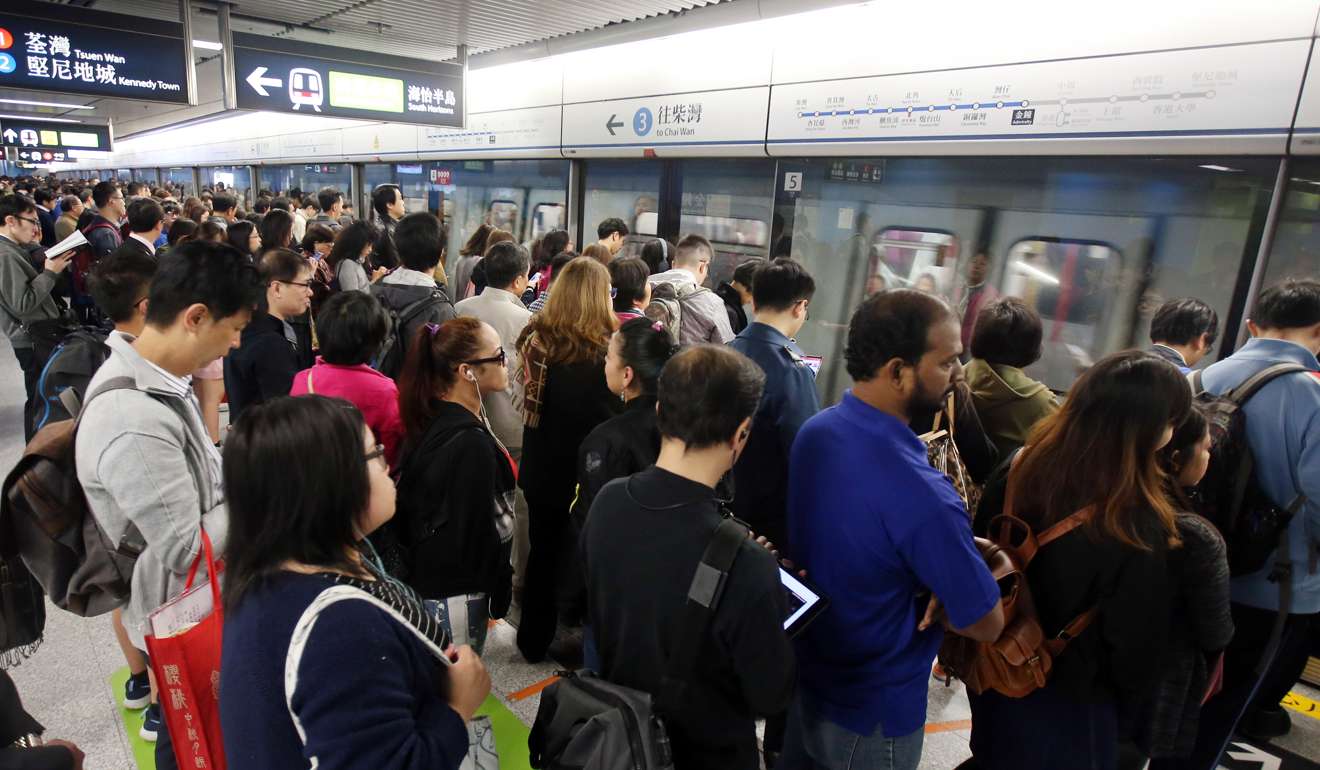
How MTR fares are adjusted and why they upset Hongkongers
Perennial price rises plus massive profits for city’s largest public transport operator equal discontent
Taking effect in 2009, MTR Corporation’s fare-setting regime promised to provide a fair and transparent way to control ticket prices for Hong Kong’s largest public transport operator. However, it has been under fire for ushering in more fare rises than cuts.
Under the agreement, fares could be maintained as well as adjusted upwards or downwards. But perennial fare increases have led the public to lose confidence in the system, especially against the backdrop of massive profits by the railway operator.
What is the fare adjustment mechanism?
It is a formula taking into account year-on-year changes in the composite consumer price index and the nominal wage index of the transportation sector, to align with prevailing economic conditions and salary levels.
In simpler terms, fares go up if there is inflation, and cuts are made in a recession.

How have fares been affected by the mechanism?
The formula was implemented in 2007 during the merger of the city’s two railway operators, and took effect after a two-year fare freeze agreed by the MTR Corp.
Since 2009, fares have gone up seven straight years – with an accumulated increase of 25.2 per cent.
Why are people dissatisfied with the mechanism?
Critics have argued factors such as the MTR’s service performance and profit levels have been unfairly left out of the formula.
A Civic Party survey in February suggested 61 per cent of those polled agreed that more rebates should be introduced under the current profit-sharing system, which requires MTR Corp to set aside 2 per cent of its profits for fare concessions. The company tallied a net profit of HK$10.2 billion last year.
Others believe public affordability should also be reflected when adjusting fares for Hong Kong’s sole railway operator, with 4.67 million trips made daily.

What can the government do?
Many have called on the government to step in, as it owns 75 per cent of the company’s shares.
What’s next?
While the next five-yearly review was due in 2018, the date has been pushed forward a year in response to growing calls and discontent about the mechanism.
MTR and the government said on Tuesday they agreed to retain the existing fare-setting formula, and offer more concessions to passengers travelling with Octopus cards the next five years. A 3 per cent rebate on fares per trip for passengers who use the Octopus card over a six-month period in each of the next five years. This will replace an existing offer that gives commuters a 10 per cent discount on the second trip.

